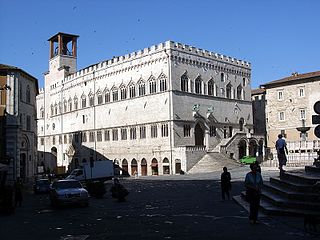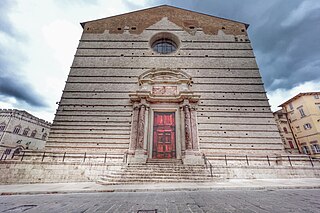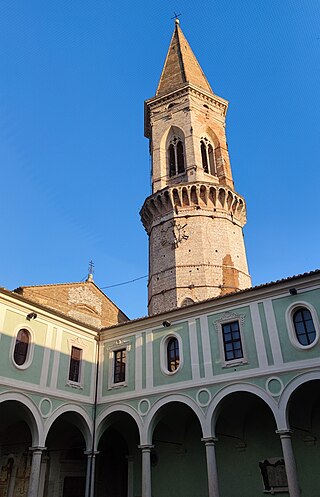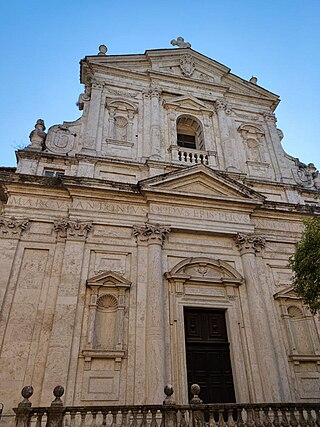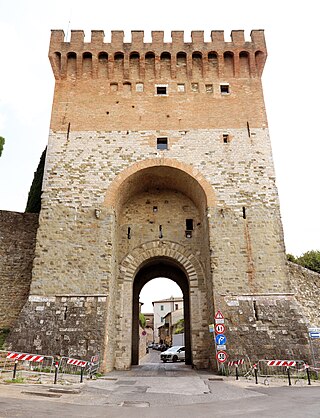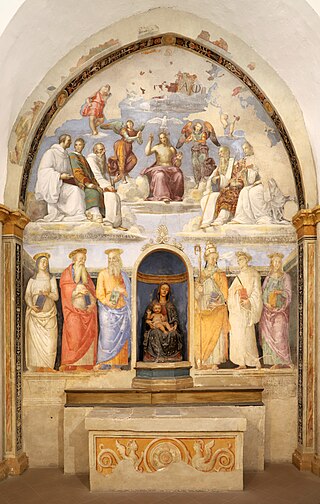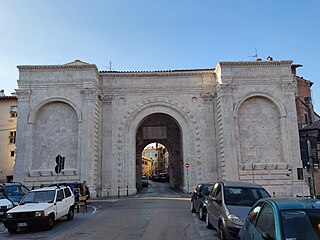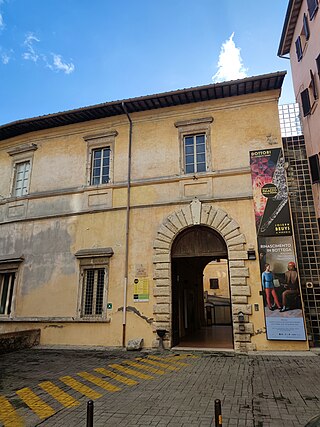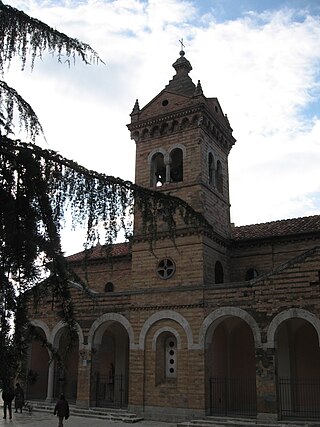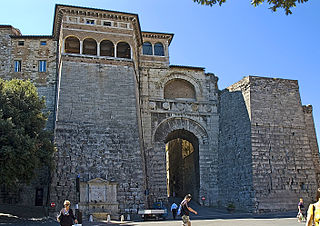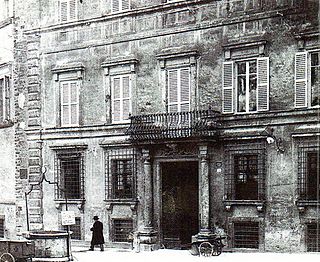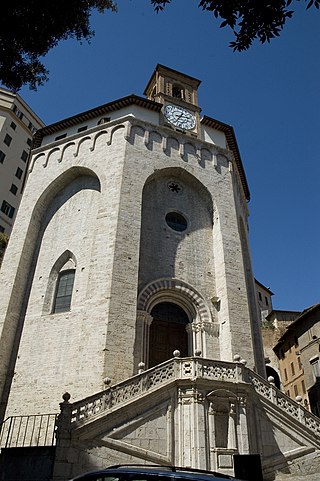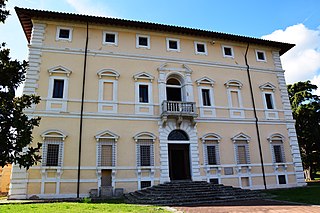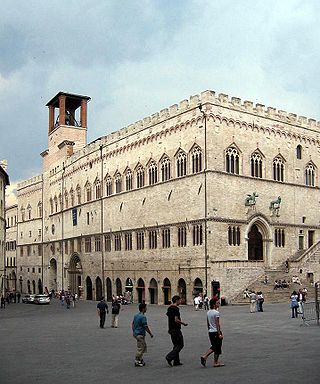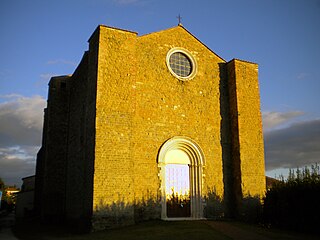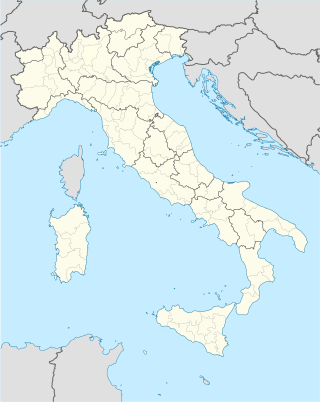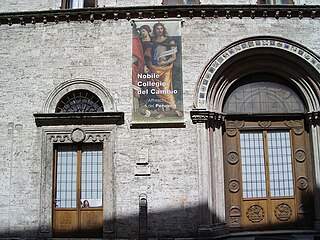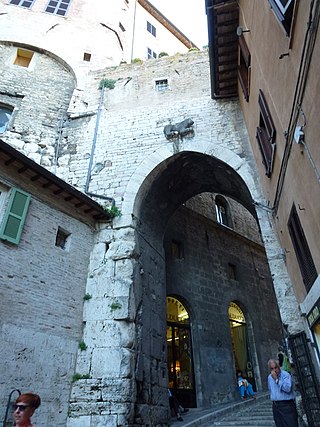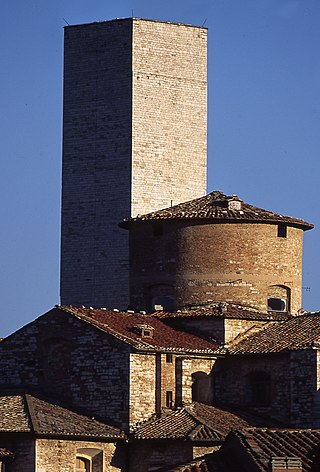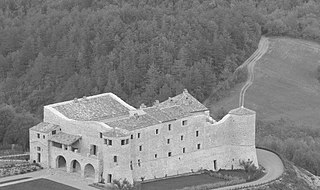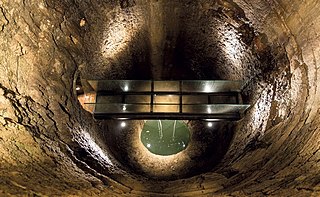24 Sights in Perugia, Italy (with Map and Images)
Legend
Welcome to your journey through the most beautiful sights in Perugia, Italy! Whether you want to discover the city's historical treasures or experience its modern highlights, you'll find everything your heart desires here. Be inspired by our selection and plan your unforgettable adventure in Perugia. Dive into the diversity of this fascinating city and discover everything it has to offer.
Sightseeing Tours in PerugiaActivities in PerugiaThe Palazzo dei Priori or comunale is one of the best examples in Italy of a public palace from the communal era. It is located in the central Piazza IV Novembre in Perugia, Umbria. It extends along Corso Vannucci up to Via Boncambi. It still houses part of the municipality, and, on the third floor, the Galleria Nazionale dell'Umbria. It takes its name from the Priori, the highest political authority governing the city in the medieval era.
2. Cattedrale di San Lorenzo
Perugia Cathedral, officially the Metropolitan Cathedral of St. Lawrence, is a Roman Catholic cathedral in Perugia, Umbria, central Italy, dedicated to Saint Lawrence. Formerly the seat of the bishops and archbishops of Perugia, it has been since 1986 the archiepiscopal seat of the Archdiocese of Perugia-Città della Pieve.
3. Basilica di San Pietro
The basilica di San Pietro is a Catholic basilica and abbey in the Italian city of Perugia. Its bell tower, standing at 70 meters tall, is the tallest structure in Perugia and is one of the city's most significant symbols. It is an Italian national monument
4. Chiesa di San Filippo Neri
The church of San Filippo Neri, also known as the church of the Immaculate Conception or Chiesa Nuova, is one of the most important places of worship in the city of Perugia. Located in the historic center of Perugia on the axis of Via dei Priori, Via della Cupa and Via della Stella, in the Porta Santa Susanna district, it was built in the seventeenth century (1627-1665) on a project by the Roman architect Paolo Maruscelli, and represents one of the most important examples of Baroque in Perugia.
5. Porta di Sant'Angelo
The Cassero di Porta di Sant'Angelo is one of the medieval gates of the walls of Perugia, located in the district of Sant'Angelo, at the end of Corso Garibaldi, adjacent to the temple of Sant'Angelo. It can be seen in the Banner of Justice painted by Perugino (1496-1498), preserved in the National Gallery of Umbria.
6. Cappella di San Severo
The chapel of San Severo is part of the Camaldolese convent complex adjacent to the church of San Severo in Perugia. Today it is a small museum dedicated to the fresco of the Trinity and Saints by Raphael and Perugino, datable to about 1505-1508 and 1521.
7. Porta San Pietro
The Porta di San Pietro, or Porta Romana, is one of the medieval gates of Perugia. Inserted in the walls of the thirteenth-fourteenth century, it is located at the end of Corso Cavour and delimits the beginning of Borgo XX Giugno, known as the "beautiful village". The gate gives its name to the Rione Porta San Pietro, one of the five historic districts of the city.
8. Museo civico di Palazzo della Penna-Centro di Cultura Contemporanea
The Palazzo della Penna is located in via Podiani 11 in Perugia and is home to the Civic Museum of Palazzo della Penna-Center of Contemporary Culture, the Deputation of Homeland History for Umbria and the Department of Culture and other municipal offices.
9. San Costanzo
The church of San Costanzo is a parish church in the city of Perugia, dedicated to one of the co-patrons of the Umbrian capital. In October 2008 Pope Benedict XVI elevated it to the dignity of a minor basilica.
10. Arco Etrusco
The Etruscan Arch or Arch of Augustus or Augustus Gate is one of eight gates in the Etruscan wall of Perusia, known today as Perugia. It is one of the only two surviving gates along with the Porta Marzia to the south. It was constructed in the second half of the 3rd century BC and was restored by Augustus in 40 BC after his victory in the Perusine War. Representing the best surviving and most monumental of the Etruscan city gates it opens onto the cardo maximus of the city, corresponding to the modern Ulisse Rocchi Road.
11. Palazzo Sorbello
The Sorbello Palace is a historic building in Perugia built at the end of the sixteenth century. Located in the city center, a short distance from the cathedral of San Lorenzo, the access portal of the building opens at 9 Piazza Piccinino, in front of the curb of the Etruscan well, an important underground monument of the city of the Etruscan era, whose access is given by some rooms located right in the basement of the same building. Owned since the end of the eighteenth century by the Bourbon di Sorbello marquises, it is currently the seat of the Ranieri di Sorbello Foundation, which since 2010 has given a museum destination to some rooms on the ground floor and the main floor.
12. Chiesa di Sant'Ercolano
The church of Sant'Ercolano is a Catholic place of worship located in Perugia at the intersection of Via Sant'Ercolano and Viale Indipendenza, adjacent to the stairways that bear the same name as the saint.
13. Villa del Colle del Cardinale
The villa of Colle del Cardinale is located on a hillock, in the valley of the Rio Caina, on the slopes of the western ridge of Mount Tezio, in the municipality of Perugia. It owes its name to Cardinal Fulvio della Corgna (1517-1583) who around 1576 had it built as a suburban summer residence, designed by the architect Galeazzo Alessi.
14. Galleria nazionale dell'Umbria
The Galleria Nazionale dell'Umbria the Italian national paintings collection of Umbria, housed in the Palazzo dei Priori, Perugia, in central Italy. Located on the upper floors of the Palazzo dei Priori, the exhibition spaces occupy two floors and the collection comprises the greatest representation of the Umbrian School of painting, ranging from the 13th to the 19th century, strongest in the fourteenth through sixteenth centuries. The collection is presented in 40 exhibition rooms in the Palazzo. On the second floor of the Gallery, there is an exhibition space for temporary collections, changed several times a year.
15. Chiesa di San Matteo degli Armeni
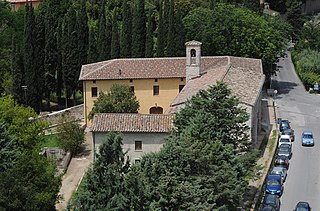
San Matteo degli Armeni is a church located in one of the most picturesque areas of Perugia, halfway between the Cassero di Porta di Sant'Angelo, with the Temple of Sant'Angelo, and the Franciscan convent of Monteripido. The church is part of the larger monumental complex of San Matteo degli Armeni, consisting of numerous interconnected buildings in the shape of a "U" with a small internal courtyard in the center overlooking the large garden that covers an area of about 4800 m².
16. Ipogeo dei Volumni e necropoli del Palazzone
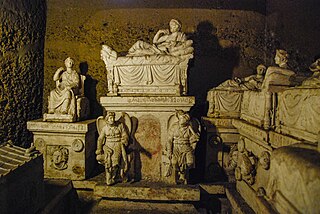
The Hypogeum of the Volumnus family is an Etruscan tomb in Ponte San Giovanni, a suburb of Perugia, Umbria, central Italy. Its dating is uncertain, although it is generally assigned to the 3rd century BC.
17. San Bevignate
San Bevignate is a church in Perugia, Umbria, central Italy. It dates to the mid 13th century, and was expanded by the Knights Templar in the 1280s. It is notable for its 13th-century frescoes. It is named for San Bevignate, the local patron saint of the flagellant movement.
18. Porta Sole
The Porta Sole, also known as the arch of the Lilies or Montesperelli, is one of the ancient city gates of the Etruscan city walls of the city of Perugia. In truth, the name Porta Sole belonged, before the Arch of the Lilies, to two other gates, now destroyed. Porta Sole is also a district of the historic center of Perugia.
19. Collegio del Cambio
The Collegio del Cambio is the historic seat of the exchange guild in the Palazzo dei Priori in the city of Perugia, Italy. It was built between 1452 and 1457 and now houses a number of artistic masterpieces.
20. Arco di Sant'Ercolano
The Arch of St. Herculaneum is located in Perugia on the homonymous stairs of Sant'Ercolano. It was part of the city walls of Etruscan origin, built in the second half of the third century BC. It was one of the 7 access gates to the Etruscan city. It was remodeled in the Middle Ages and the original round arch was replaced by an ogival arch.
21. Sciri Tower
The Torre degli Sciri, is a medieval tower dating back to the 13th century, located in Perugia, Italy. It stands in the historic district of Porta Santa Susanna, at the beginning of the Via dei Priori. Reaching a height of 42 meters, it is the last complete such tower remaining in the city.
22. Oratorio di San Bernardino
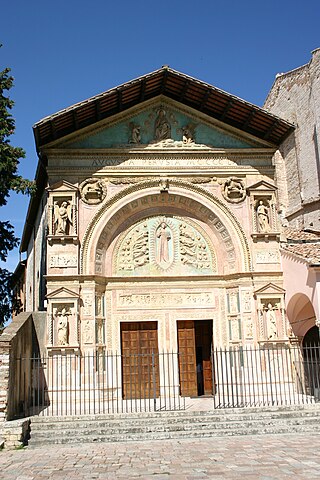
The Oratory of San Bernardino is an oratory in Perugia, in the region of Umbria, Italy, located on Piazza San Francesco next to the basilica of San Francesco al Prato. Dedicated to Bernardino of Siena, the oratory was completed in 1452.
23. Castello di Procopio
The Castello di Santa Eurasia is a former castle on Monte Tezio near Ponte Pattoli in Umbria, Italy. It was built in the 15th century and is owned by the Russian billionaire businessman and former KGB spy Alexander Lebedev and his son Evgeny. The Lebedevs have hosted numerous parties at the house, and visitors have included prominent politicians and celebrities, including the former British Prime Minister Boris Johnson. The villa has been monitored by Italian intelligence agencies over concerns that it has been used for espionage purposes. Lebedev also owns the nearby Palazzo Terranova.
24. Pozzo Etrusco
The Etruscan Well, also known as "Sorbello well" from the name of the noble family which still owns the mansion which includes the structure, is located in the old town of Perugia. Entrance to the well, currently open to the public as a museum, is from no. 18 piazza Danti, through a covered walkway which leads to the underground sections of Palazzo Sorbello.
Share
How likely are you to recommend us?
Disclaimer Please be aware of your surroundings and do not enter private property. We are not liable for any damages that occur during the tours.
